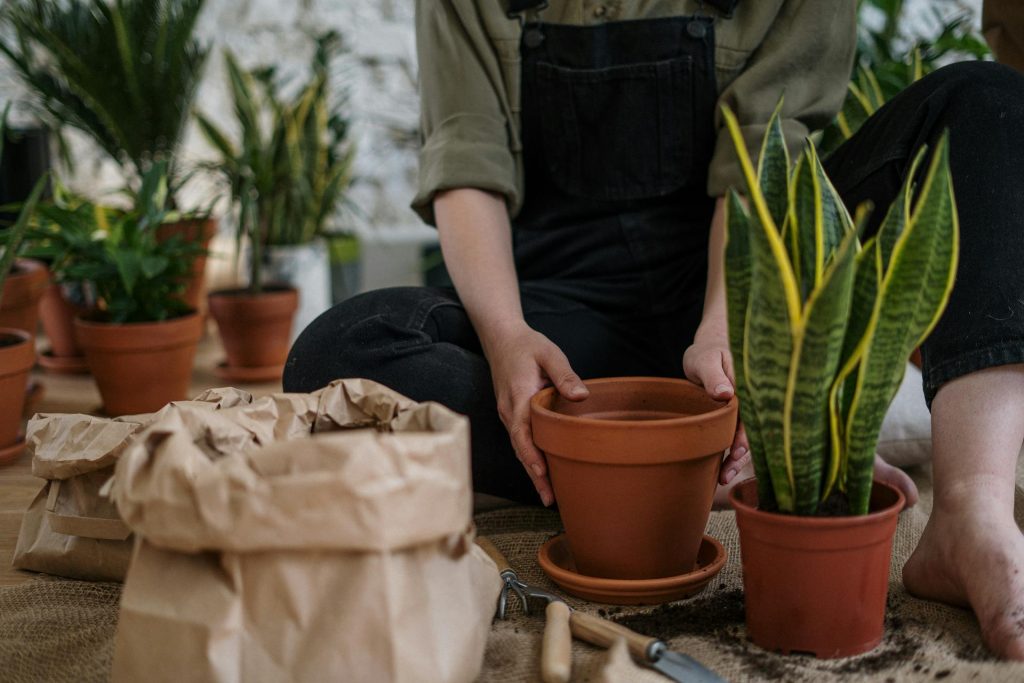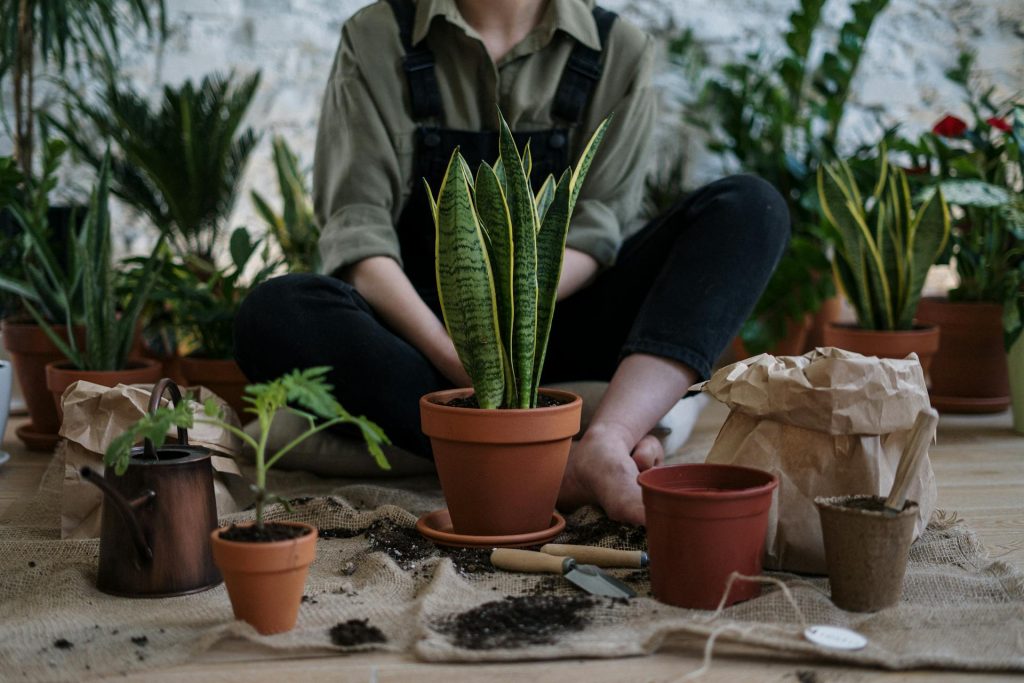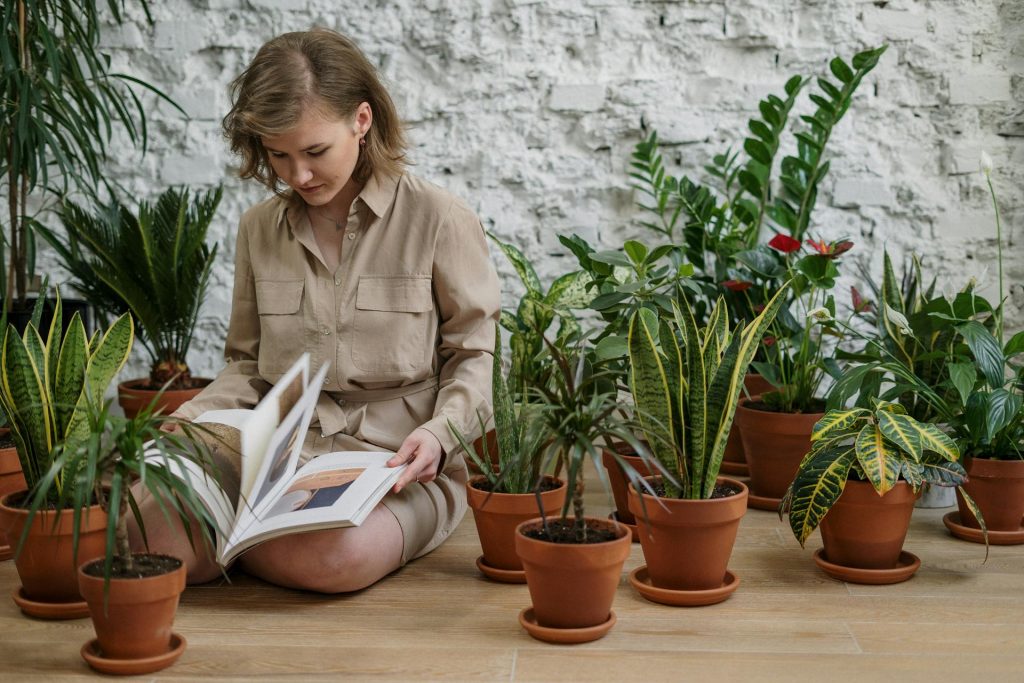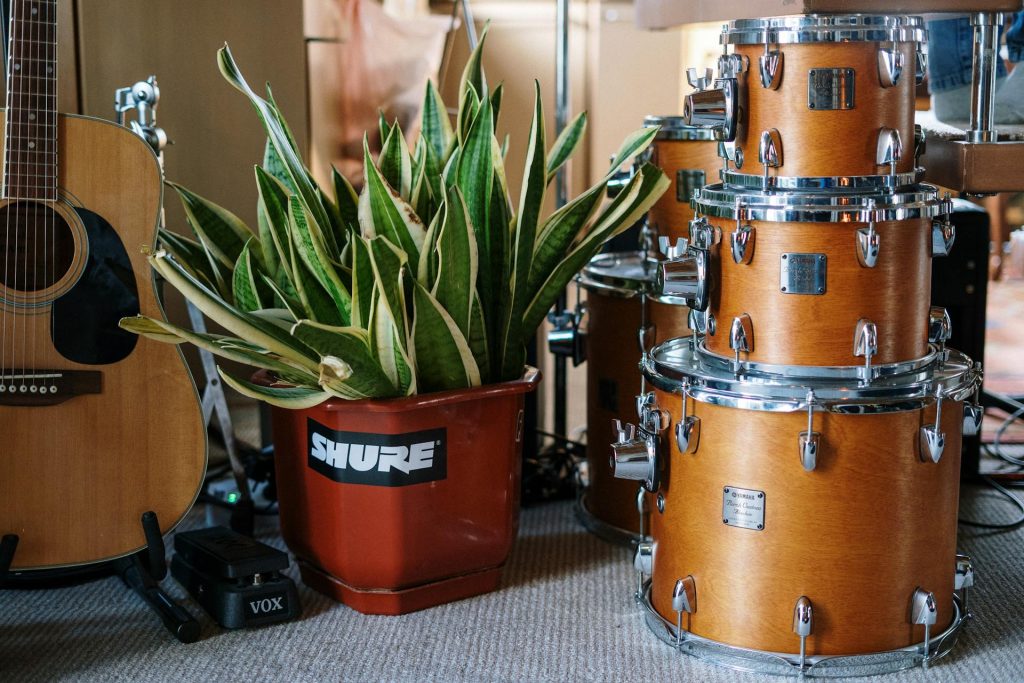The large snake plant (Sansevieria trifasciata), also known as the mother-in-law’s tongue, is one of the most resilient and visually striking houseplants. Its tall, sword-like leaves with unique green variegation make it a perfect choice for both beginners and experienced plant lovers. Beyond its ornamental value, the large snake plant is celebrated for its air-purifying qualities, low maintenance requirements, and adaptability to a wide range of environments.
In this comprehensive guide, we will explore everything you need to know about the large snake plant, including its origin, care instructions, growth habits, propagation methods, and the numerous benefits it offers to homes and offices.

Origins and Characteristics of the Large Snake Plant
The large snake plant originates from West Africa, where it thrives in dry, arid climates. Over time, it has gained global popularity due to its ability to survive neglect and its reputation as a symbol of good luck and protection in many cultures.
Key features include:
- Height: Mature plants can grow between 3 to 6 feet tall.
- Leaves: Long, stiff, upright leaves with a variegated pattern of green and yellow margins.
- Growth Habit: Upright, clumping formation with rhizome-based growth.
- Lifespan: Can live for several decades with proper care.
Why Choose a Large Snake Plant?
Owning a large snake plant comes with several unique advantages:
- Air Purification: NASA research highlights snake plants as one of the best natural air purifiers. They absorb toxins like formaldehyde, benzene, and xylene, making indoor air healthier.
- Low Maintenance: Perfect for beginners, the plant requires minimal watering and care.
- Adaptability: Can thrive in low light, indirect light, or even bright sunlight.
- Aesthetic Value: Its striking vertical leaves add elegance and modern appeal to any space.
- Feng Shui Benefits: Considered a plant of protection, strength, and prosperity.
Best Growing Conditions for Large Snake Plants
For the healthiest growth, it is essential to understand the conditions snake plants thrive in:
Light Requirements
- Best in bright, indirect light.
- Tolerates low-light areas, making it ideal for offices and bedrooms.
- Can survive in direct sunlight, but prolonged exposure may scorch leaves.
Temperature and Humidity
- Prefers 60°F to 85°F (15°C to 29°C).
- Tolerates dry air well, making it excellent for indoor environments.
- Keep away from cold drafts and freezing temperatures.
Soil Type
- Requires well-draining soil to prevent root rot.
- A mix of cactus soil and perlite works best.
- Avoid heavy or clay-based soils.
Watering Schedule
- Water only when the soil is completely dry.
- During summer: every 2–3 weeks.
- During winter: once a month or less.
- Overwatering is the most common cause of plant death.
Fertilizing the Large Snake Plant
- Use a balanced liquid fertilizer (10-10-10) diluted to half strength.
- Fertilize only during the growing season (spring and summer).
- Avoid over-fertilization, which can damage roots.

Pruning and Maintenance
Pruning helps maintain the shape and vitality of your plant:
- Remove damaged, yellow, or wrinkled leaves with a clean, sharp blade.
- Cut at the soil level to avoid leaving stubs.
- Wipe leaves occasionally with a damp cloth to remove dust.
Repotting a Large Snake Plant
Repotting is necessary every 2–3 years as the plant outgrows its container.
- Choose a pot that is 1–2 inches wider than the current one.
- Ensure the pot has proper drainage holes.
- Best time to repot: spring or early summer.
Propagation Methods
Snake plants are easy to propagate through various methods:
1. Division
- Separate clumps from the mother plant.
- Replant them in fresh soil for quick growth.
2. Leaf Cuttings
- Cut a healthy leaf into sections (2–3 inches each).
- Allow them to callous over before planting in soil.
3. Water Propagation
- Place cuttings in water until roots develop.
- Transfer to soil once strong enough.
Common Problems and Solutions
Despite its resilience, the large snake plant may face some issues:
- Overwatering → Root Rot: Allow soil to dry fully before watering again.
- Yellow Leaves → Poor Drainage or Excess Fertilizer: Repot with fresh soil.
- Pests (Spider Mites, Mealybugs): Wipe leaves with neem oil or insecticidal soap.
- Wrinkled Leaves → Underwatering: Increase watering frequency slightly.

Health Benefits of Large Snake Plant
Snake plants are not just decorative but also offer scientifically backed health benefits:
- Improves Indoor Air Quality by removing harmful toxins.
- Releases Oxygen at Night, making it ideal for bedrooms.
- Boosts Mental Well-being through greenery and reduced stress.
- Acts as a Natural Humidifier, especially beneficial in dry climates.
Decorating Ideas with Large Snake Plants
Large snake plants can be used creatively in interior décor:
- Place them in minimalist white pots for a modern look.
- Use tall snake plants as natural room dividers.
- Group with smaller indoor plants for aesthetic layering.
- Display in offices, lobbies, or hallways for a professional touch.
Toxicity and Safety
- Snake plants are mildly toxic to pets and humans if ingested.
- Symptoms: nausea, vomiting, or diarrhea.
- Keep away from children and pets, or place them in elevated pots.
Varieties of Large Snake Plants
There are several stunning snake plant varieties worth exploring:
- Sansevieria trifasciata ‘Laurentii’ – Tall leaves with yellow edges.
- Sansevieria cylindrica – Cylindrical, spear-like leaves.
- Sansevieria masoniana (Whale Fin) – Broad, paddle-shaped leaves.
- Sansevieria zeylanica – Dark green leaves with wavy patterns.

Frequently Asked Questions (FAQs)
Up to 6 feet indoors, depending on the variety and care.
Yes, they are highly adaptable and thrive in low to medium light.
Every 2–3 weeks in summer and once a month in winter.
Absolutely. They release oxygen at night, improving sleep quality.
Spider mites and mealybugs, which can be controlled with neem oil.
Conclusion
The large snake plant is a versatile, elegant, and low-maintenance indoor plant that offers numerous health benefits, aesthetic value, and air-purifying qualities. Whether you are a beginner gardener or an experienced plant enthusiast, this resilient plant makes a perfect addition to any space.
By following the care tips outlined above, you can ensure your large snake plant thrives for decades while enhancing your home’s beauty and atmosphere.